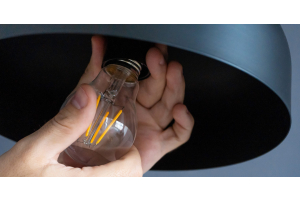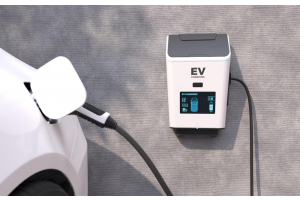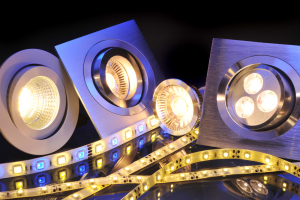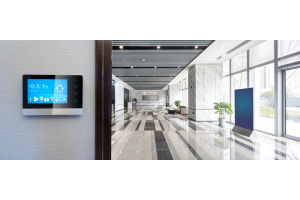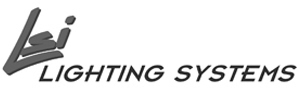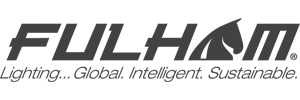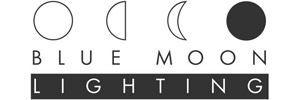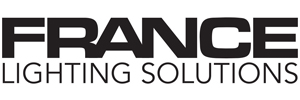Lighting News
-
August 04, 2023
Everything That You Need to Know about the Latest Light Bulb Efficiency Standards
As of August 1st, 2023, a new energy efficiency standard from the US Department of Energy took effect; banning the sale and manufacture of any light bulb that does not meet these standards. These new standards essentially ban almost all forms of incandescent bulbs - the once ubiquitous type of bulb which has been seen in popular culture since it was patented by Thomas Edison at the end of the 19th century. But before you throw out all of your old incandescents, here’s an explanation of what the new regulations really ban as well as the several exceptions to these new rules.
The
-
June 30, 2023
EV Chargers Explained: Choosing the best one for you and your electric vehicle.
While there is quite a bit of discussion these days surrounding the use of electric vehicles, the technology that powers these vehicles themselves don’t get nearly as much attention. Electric Vehicle (EV) Chargers, also known as Electric Vehicle Supply Equipment (EVSE), are available from a wide selection of manufacturers for both commercial and residential use, you may have even seen EV charging stations pop up in your local supermarket’s parking lot. With all the options such as charging levels, output wattages, software packages, as well as the mountain of available accessories, choosing the right EV charger can seem daunting. However, once you understand what criteria best fits the needs of your electric vehicle, it becomes much easier choosing the charger. This article will explain what each level
-
May 05, 2023
LED Basics: Everything you need to know about LED Lighting for your home and business.
LED is an acronym meaning ‘Light Emitting Diode’. This diode turns electrical energy into light, a diode is an electrical component that only works in one direction. It emits light when electricity flows through in one direction, from the Anode (positive side) to the Cathode (negative side). Due to this uni-directional system, LED Bulbs require less electricity to light and are much more energy efficient at producing more lumens compared to conventional light bulbs. LED lighting products produce light up to 90% more efficiently than incandescent light bulbs. LEDs typically do not “burn out” or fail. Instead, they experience ‘lumen depreciation’,
-
November 11, 2022
Lighting Control Systems
There is no disputing that lighting technology has been advancing in leaps and bounds. The latest in LED lighting, for example, allows for greater operational capacities and more energy efficient lighting fixtures. As the technology behind the lights themselves advances, so too does their lighting control systems. Lighting control systems can generally be defined as any room or building based system that controls various building automation applications; such as room lighting, HVAC systems, security and motion sensors, and even window blind control. Since there is such a wide variety of applications for these systems, there are multiple different types of lighting control systems. Each of these systems have their own use case based on cost considerations, application, and brand compatibility. This short article will discuss each of the types of control systems and breakdown their advantages and disadvantages.
-
July 29, 2022
Decoding ANSI Codes
An ANSI code is a series of letters and/or numbers that can be found on High-Intensity Discharge (HID) and Halogen lamps and ballasts. While ANSI coded lamps are slowly being phased out in favor of LED systems, ANSI codes are still useful when matching HID lamps with ballast or vice versa. The ANSI code gets its name from the American National Standards Institute and is used across all industries to ensure uniform identification and performance among commercial products. Essentially, ANSI codes allow one to tell at a glance what the product is and its intended usage. This article will discuss all of the meanings of ANSI codes in lighting and why they are useful to consumers and manufacturers alike.
-
May 31, 2022
Ceramic Metal Halide Lamps
Ceramic metal halide (CMH) lamps are a high-intensity discharge (HID) lamp similar to traditional metal halide lamps. Metal halide lamps use a combination of pressurized gasses, salts, and metals inside the glass bulb of the lamp to produce light. An electrical current is introduced by an arc tube within the lamp. An arc tube is the ignition source found at the center of all HID lamps. These use an electrical current to heat up and vaporize the materials inside the bulb; producing a wide range of ultraviolet (UV) wavelengths. This creates both visible light and UV radiation similar to that produced by the sun. For this reason, the bulbs of metal halide lamps are covered in a protective layer, known as luminaire, which allows only the desired wavelengths of light to escape. This broad spectrum of light is one of the desirable qualities of metal halide lamps, particularly CMH lamps. Unlike metal halide lamps which use an arc tube made of quartz, CMH lamps use ceramic arc tubes. This seemingly minor change in construction allows for ceramic arc tubes to reach higher operating temperatures than quartz ones. The higher temperatures allow for better efficiency, less maintenance, and a broader spectrum of light.
-
May 18, 2022
Bulb Bases & Sockets: Everything You Need to Know
Much like with bulb shapes, the wide variety of bulb bases and sockets can be daunting if you don’t know what you’re looking for. Nobody wants to discover too late that they got a bulb that is slightly too large for the socket or has a different pin configuration. Luckily, each base and socket can be easily identified based on both their look as well as their use. This article will cover the most common bases and their compatible sockets. This includes screw bases and pin bases; including fluorescent and compact fluorescent bases. And just as with bulb shapes, each base can be identified using a code of letters and numbers designating the base type, diameter, and configuration.
-
April 20, 2022
Bulb Shapes: Everything You Need to Know
There are many types and varieties of light bulbs, each with its own specific usage. Even just for household lighting, the wide range of bulb shapes can be daunting. Fortunately, the designations for bulb shapes are ordered alphabetically for easy identification. There is a bulb shape for nearly every letter in the alphabet, some being more prevalent than others. For the purposes of this article, however, we will only cover the most common styles and explain their best usages. In addition to describing the shape designations, this article will also explain how to tell the dimensions of the bulb as well as relevant variants of the bulb shapes.
-
March 24, 2022
LED Tube Retrofits: The Benefits and Types
The Benefits of LED Tube Retrofits
As the technology of LEDs and their drivers have improved, lighting manufacturers have developed LED bulbs to replace older and less-efficient lighting types, known as LED retrofits. These days, LED retrofits can be found in all types of applications, from day-to-day residential and commercial lighting, to high-intensity outdoor and industrial lighting. The latter being where the endurance and consistent brightness of LEDs are crucial for safety. In nearly every setting, LED retrofits can be seen outperforming their counterparts in key aspects such as improved light-up time and longer lifespans.
-
February 15, 2022
New from Lutron: The RadioRA3
Lutron Electronics’ latest innovation in lighting control systems, the RadioRA3, was just released in January 2022. The RadioRA3 is a groundbreaking advancement in system controllers, utilizing Lutron’s new all-in-one processor. Features included in the RadioRA3 package are a wide range of controls using the latest in capacitive touch technology. This newest release is just another example of how Lutron has been on the cutting-edge of whole-home lighting systems.

